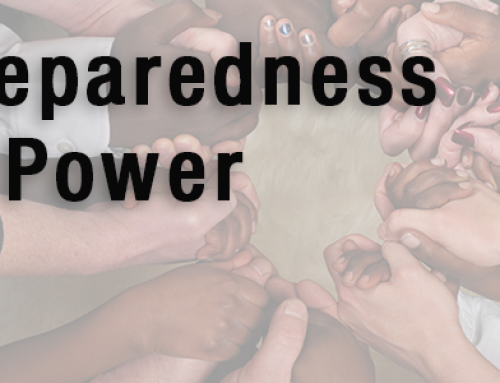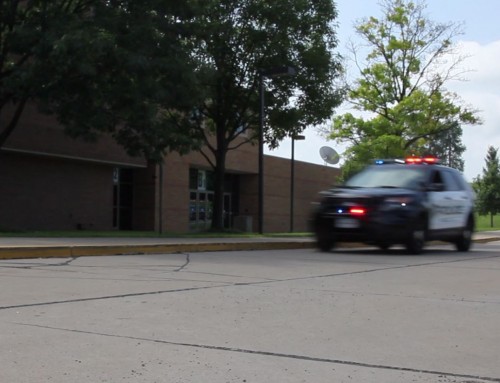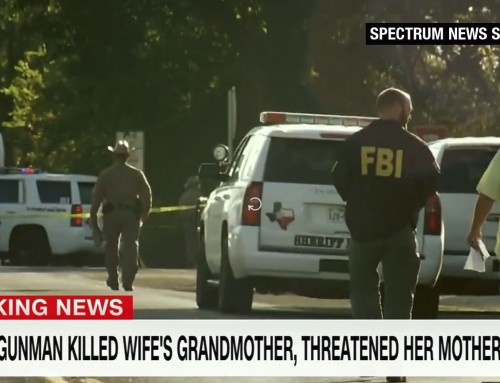What Makes a Training Program: The Importance of Practice
Since the 2018 Parkland, Florida tragedy at Marjory Stoneman Douglas High School, there has been a great increase across the United States in learning about and adopting active shooter preparedness training. This is true across all cultures and environments, such as businesses and other public spaces – not just in schools. Unfortunately, this increase was not surprising because we’ve experienced it after many tragic events since the 1999 shooting at Columbine High School.
Each violent event creates more demand for solutions, often in the form of training.
But is all “training” created equal?
ALICE Training is considered the first comprehensive, proactive, options-based response training program for citizens. Since ALICE was introduced in 2001, many other programs entered and exited the marketplace. The first to receive any traction outside of ALICE was the U.S. Department of Homeland Security (DHS) program called “Get Out, Hide Out, Take Out.” It was less of a full-fledged program and more like inspired instructions – consisting of a booklet and a poster without any accompanying curriculum.
In 2013, it was replaced by the agency’s next slogan-titled program, “Run, Hide, Fight.” This newer effort consists of a DHS-funded video produced by the City of Houston explaining how to survive an active shooter event. Twenty years later, there are many other programs available.
One ALICe training gives this advice: “When analyzing school safety programs, many prospective customers have concluded that there’s a difference in the weight and depth of training programs.”
The point is: You will notice that some programs will come across as slogans that will offer less in details and training and more in inspiration. That is good if it leads you to find the solution that offers you proven methodology and practice skills.
A real training program requires the ability to practice all skills necessary to achieve the objective. This is particularly important for responding after making contact with the shooter. With ALICE, every recommended skill for Counter and Control strategies is 100% practiced with minimal equipment required.
Why is this important? To give you some insight – If a safety program encourages people to fight an attacker, are skills taught and drills practiced to help prepare someone for that moment? For instance, if a program suggests that a person take a fire extinguisher off the wall and use it as a blunt instrument against the attacker, how can this method be practiced? How can the outcome of that action be tracked unless it is practiced?
Practice Makes PRACTICAL. The inability to practice any recommended skill makes it useless. Without practice, it is impossible to build muscle memory around the skill or gain confidence in being able to execute that tactic.
That is just one of the beneficial aspects of ALICE Training. Every participant can participate in real-time, real-motion tactics. In the event of an active shooter or intruder, people who have participated in ALICE Training will have been drilled in the tested methods of safety and self-protection.
This is important because in an incident where safety is breached, panic and hysteria can not only cause havoc – it can be fatal. There is no time for poor performance when someone is trying to take your life. Building skills and muscle memory through practice drills equip people to survive an active shooter event. That’s why it is best to believe that if the method cannot be practiced and drilled – it isn’t proper training.
ALICE Active Shooter Response Training teaches options-based, proactive strategies to empower individuals to make their own survival decisions based on their specific circumstances. Training is designed to be used by individuals of any age and ability to increase chances of survival for everyone anywhere.
ALICE Training is used in every state across the US, adopted by over 5,000 law enforcement agencies and 4,500 school districts.
Learn more about how ALICE Training can teach your team to respond to a violent critical incident with confidence.





